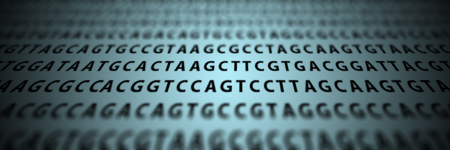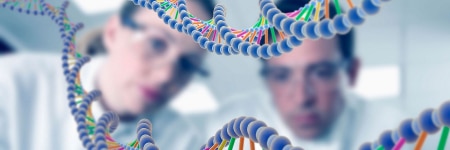
DTC testing: time to step in?
As DTC testing becomes more accessible and popular than ever, we ask whether more regulatory work could – and should – be done

Why mRNA vaccines aren't gene therapies
We bust another Covid-19 myth – this time about how mRNA vaccines work – in our latest blog post

Haplotypes: a cut-out-and-keep guide
Although ‘haplo' means 'simple', the science can be anything but. Find out what’s hap-pening with haplotypes in our guide

What is genomic imprinting?
We explore one type of epigenetic modification, its function in our genome and the rare conditions that have been linked to it

RNA-based therapies: two types explained
What are RNA therapies and how are they used? We compare the two licensed types – antisense and RNA interference – to find out more

What are copy number variants?
Everyone has unique variants in their genome - and many are harmless - but which types can have an impact on our health and how do they occur?

We all have 'the breast cancer gene'
You’ve seen the headlines and heard people talk about having ‘the gene for’ x, y or z – but do you know the facts behind the headlines?

What is whole exome sequencing?
Following the recent NHS announcement that WES will be used for critically ill babies and children, we explore what it is and the benefits it could bring

What is functional genomics?
'Functional genomics' is a phrase that crops up frequently in discussion around genomics, but what does it actually mean?

Obesity: is it in our genes?
A complex and serious issue, obesity is the result of a combination of factors; but at least some our destiny lies in our genomes

Omics: A cut-out-and-keep guide
You might already know about the genome, but what of the other 'omes’ that affect our health – from the microbiome to the epigenome?

Understanding pleiotropy
We explore one of the many phenomena that show genomics to be far more complex than the ‘one gene per characteristic’ rule


